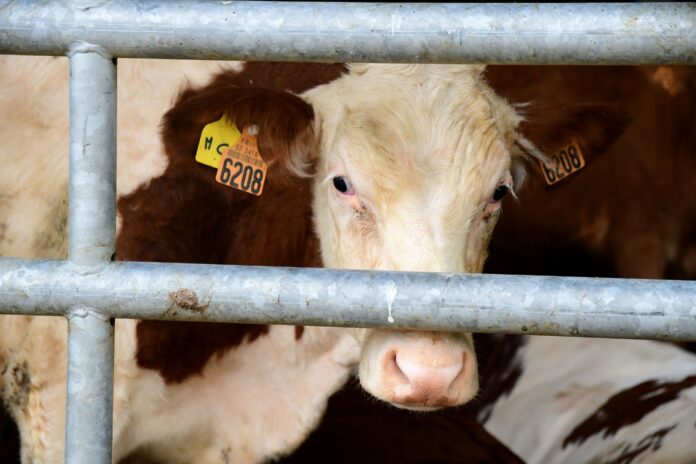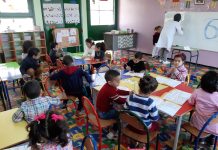A viral cattle disease spreading through parts of France has triggered growing concern in North Africa, particularly in Morocco, where many local herds include animals imported from Europe. The outbreak of lumpy skin disease, a highly infectious condition affecting cattle but not humans, has already forced French authorities to cull more than 1,500 cows in the Alpine regions of Savoie and Haute-Savoie. Though no cases have been reported in Morocco so far, and the country has not imposed any import restrictions, the anxiety is palpable among farmers.
The disease is spread by blood-feeding insects such as mosquitoes and biting flies. While it poses no direct danger to human health and cannot be transmitted through meat or dairy products, it can wreak havoc on livestock operations. Infected animals develop painful nodules on their skin, and outbreaks can wipe out entire herds within days.
Near the town of Bir Jdid, Moroccan dairy farmer Tahar Chaoui keeps a close watch on the situation from his fields, where he raises about fifty cows—some descended from French stock. “We’re not in a high-risk zone yet, but that can change in no time. One infected cow and it’s over,” he says, his hand resting gently on a recently calved Montbéliarde. He hasn’t received any official guidance but checks for updates daily, knowing how fast the disease can travel.
Many Moroccan farmers share his unease. Despite the escalating crisis in France, cattle imports from the country continue, and border inspections have shown few signs of tightening. That’s enough to make farmers nervous, as the virus doesn’t require much to travel—an infected animal, a contaminated piece of equipment, or even a swarm of insects hitching a ride across borders could be all it takes.
“What scares me most is that we’re not ready,” Tahar adds. “No insecticides, no mosquito nets, no plan. Summer’s here, and the heat brings mosquitoes everywhere. That’s all the disease needs to jump from farm to farm.”
So far, Moroccan health authorities have remained silent, with no public statements from the ministry in charge. While local veterinarians remain on alert, there’s been no deployment of specific protective measures. Some experts are urging a temporary halt to cattle imports from affected areas, while others call for immediate improvements to insect monitoring and biosecurity protocols.
For farmers like Abdellah, the silence and uncertainty are agonizing. “I can’t sleep at night,” he says, his voice shaking. “It took me years to build this farm. What happens if they tell me tomorrow I have to kill everything? Who will pay me back? Who will tell me it was worth it?”
The disease hasn’t crossed the Mediterranean—yet. But the risk is real. And for small-scale Moroccan farmers, it’s not a distant worry or an abstract threat. It’s a constant, gnawing fear that their livelihoods could vanish overnight.





